Stock bike setups are often stacked against women and smaller adult cyclists - here’s how to achieve a better fit
From frame size to stance width, crank length to brake levers, here's eight common issues faced by smaller adult cyclists – and a bike fitter’s advice on how to overcome them
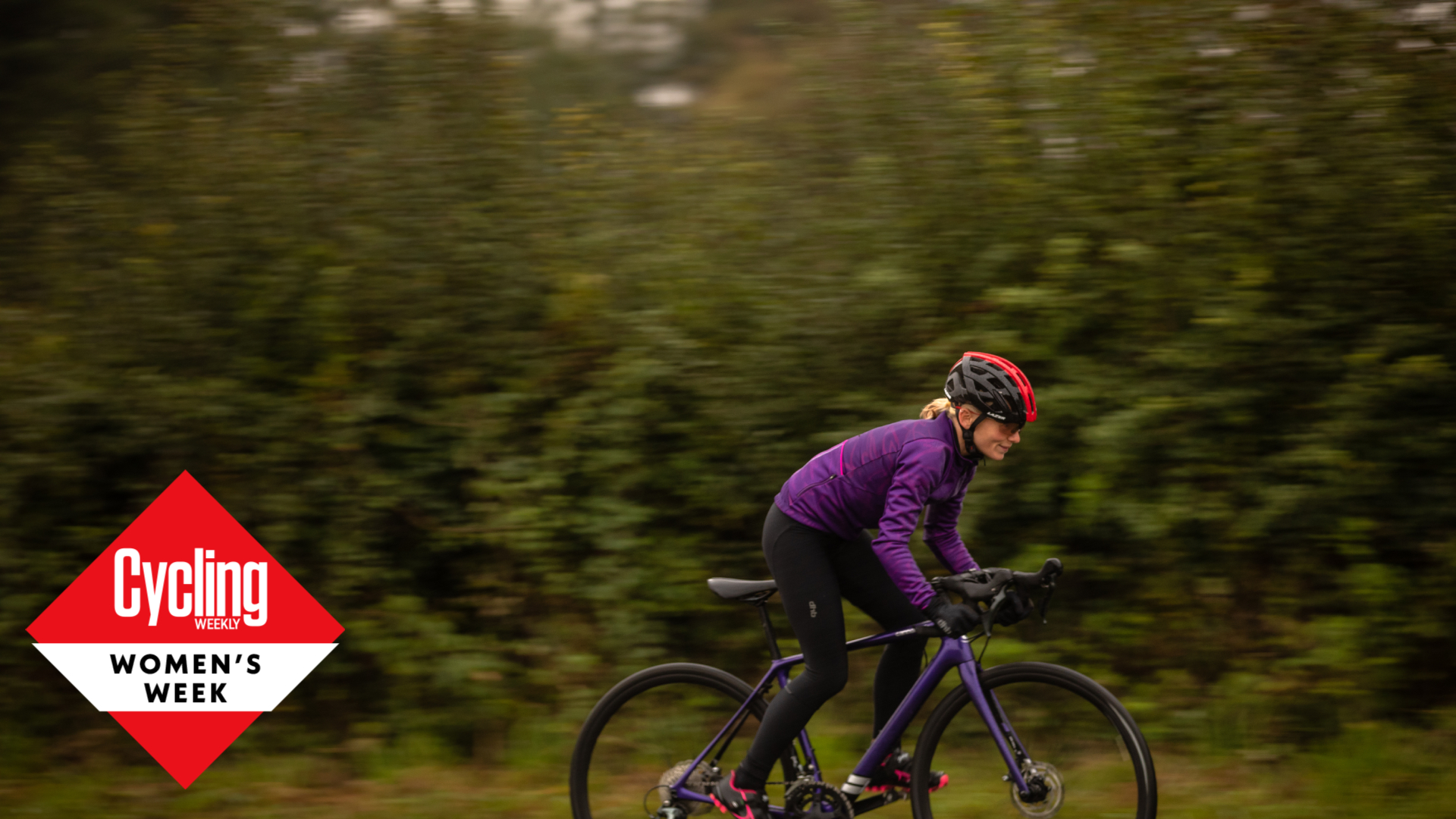
Falling outside the bell curve when it comes to height can have its disadvantages in life – but it gives rise to a particular set of issues when you are a cyclist. Whilst being on the very tall end of the spectrum can also be a challenge, being on the short end is more common and presents more people with issues.
Now, short doesn’t always equate to small, but those who are short in stature will generally also have small features such as feet, hands and leg length.
According to the World Population Review, the average height of a male is 178.21cm in the UK, 178.77cm in Australia and 176.94cm in the US. The average height of a woman is 163.94cm in the UK, 164.67cm in Australia and 163.31cm in the US.
The clinic I work at in Sydney has produced slightly higher numbers from a sample of 600 or so, with the average male being 179cm and female 166cm. It is logical to conclude that small adult cyclists are far more likely to be women.
Females are smaller on average, therefore those at the end of the bell curve are even smaller. Whilst women make up a smaller percentage of those who cycle (20% in our clinic), many of those would be considered “short” or “small” and face many of the issues outlined in this article.
Unsurprisingly, most bike manufacturers make their products in sizes that they are able to sell in sufficient numbers to make the most profit, leaving some sections of the population in difficulty finding suitable sizes. This is often also the case for components and equipment.
I’ve found that small women (and men) are generally poorly catered for by the bike industry, with not enough options being available for smaller riders. This leads to a self perpetuating issue - women may be discouraged to ride because of pain, discomfort or frustration, which means less women will be encouraged to start or continue cycling.
Get The Leadout Newsletter
The latest race content, interviews, features, reviews and expert buying guides, direct to your inbox!
The issue of availability has been magnified in recent times with supply issues leading to a shortage of stock, meaning the few small bikes and components that are produced become unavailable very quickly. For those who are very small, children’s bikes can be an option, although not a particularly good one. They tend to be poorer quality, with downgraded specs and components. Also, adults tend to be heavier than children, and hence why they may not be suitable.
By being aware of the following issues, these can be addressed in order to make your bike more comfortable to ride.
The long list of common issues smaller adult cyclists face
1. Bike frame is too big
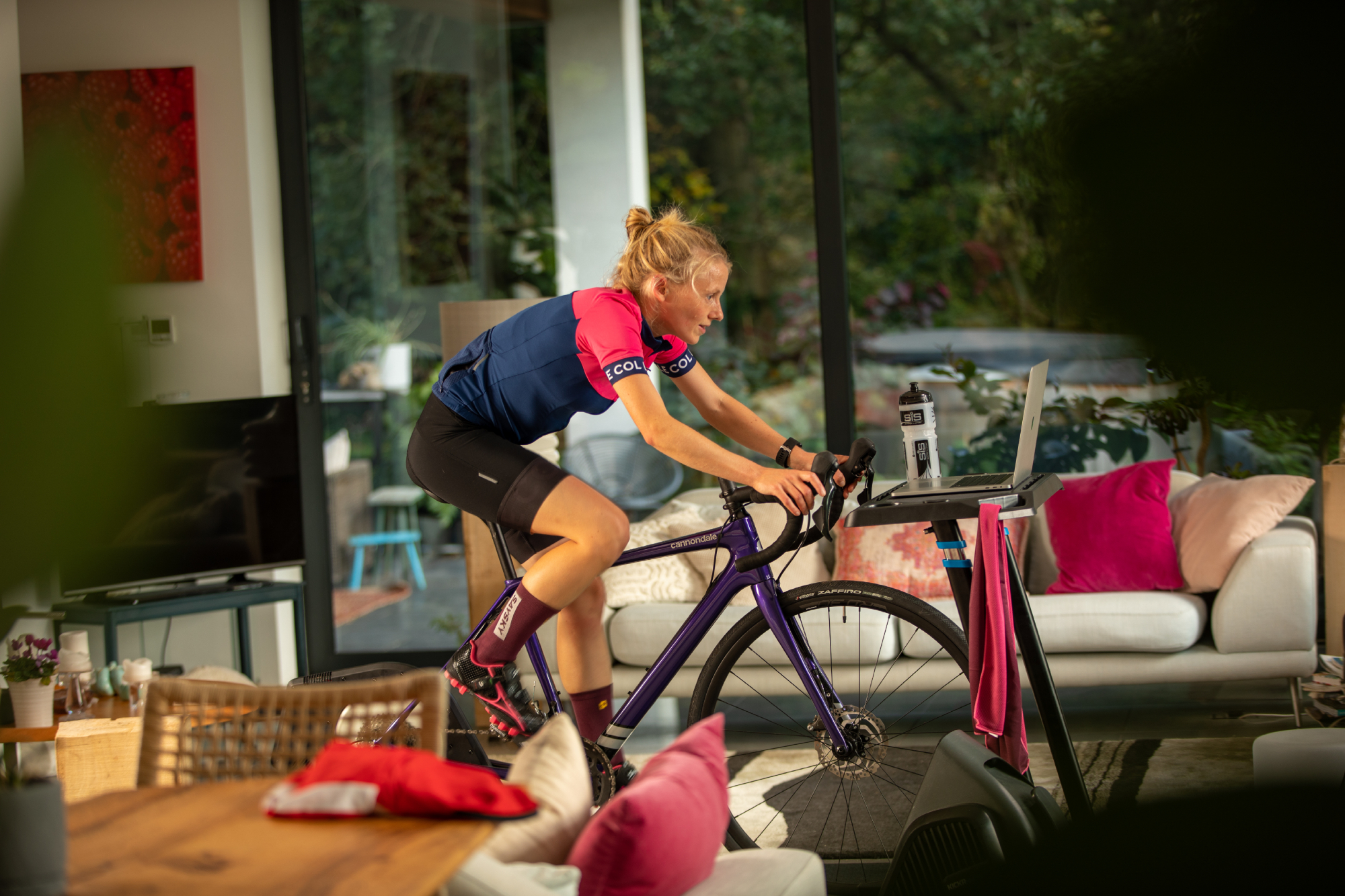
It appears that the manufacturers of the best road bikes just aren’t making bikes that are small enough. For example, someone around 155-160cm tall with average flexibility and core strength would be looking for a bike with a reach of less than 365mm, which corresponds to an effective top tube length of around 490-510mm.
A search through geometry charts gives very few options. Of the mainstream brands, only Canyon, Cervelo, and Pinarello appear to make bikes of this size, whilst Chapter 2 and Festka are smaller brands with options. A few other brands have a singular option, although it tends to be an endurance frame with a high stack.
The result of riding a bike that is too big is that the rider will find themselves over-reaching and in an uncomfortable stretched out position, which can lead directly to neck pain, and back pain too. It may also cause people to sit forward on the saddle, causing saddle discomfort and instability due to sitting on the narrow part of the saddle.
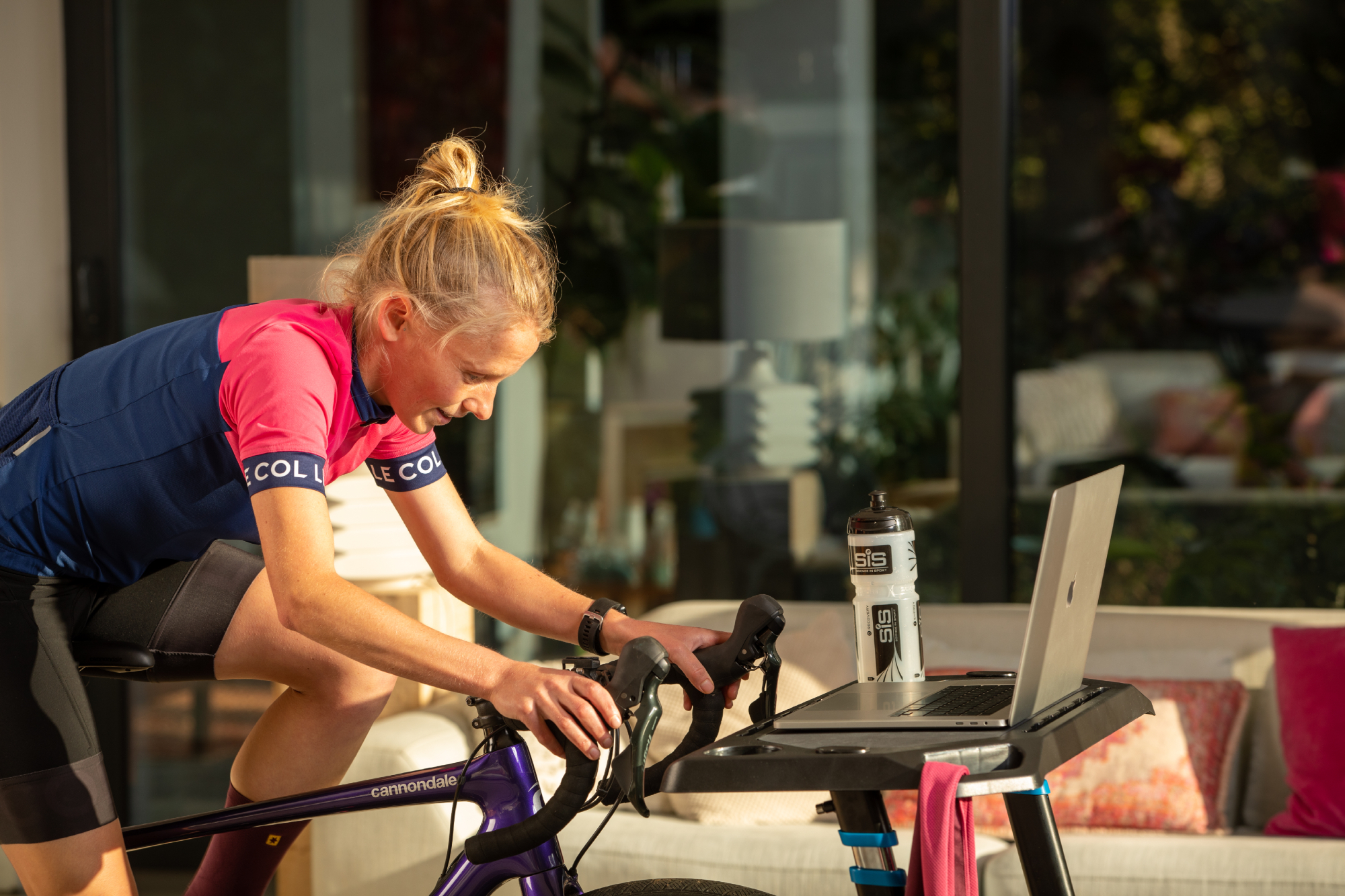
Some people have tried to solve the issue by pushing the saddle as far forward as possible, which will shift weight to the front of the bike and can cause wrist pain and numbness, and compromise handling of the bike. Changing to an inappropriately short stem can also compromise handling and make the front end twitchy.
2. Cranks are too long

Crank length is proportional to leg length, so it goes without saying that shorter people need shorter cranks. The shortest commercially available crank length is 165mm, which according to various published reports, calculations and recommendations is much too long for even an averaged height female and smaller males, particularly if they also have relatively short legs.
Whilst a number of studies have shown that crank length does not affect raw power production, it can affect pedalling efficiency. But more importantly, cranks that are too long can also have bike fit implications. A long cranks will increase the closed angle at your hip and knee joints at the top of the pedal stroke, compressing these joints and causing compensation strategies which can lead to issues over time.
This problem is further exacerbated if there are any issues with hip flexion range of motion, as is often the case in femoral acetabular hip impingement or hip osteoarthritis. Reduced knee flexion, although less common, can also cause an issue.
Over here we share the pros and cons of various crank length calculators to help you find the optimal setup for you.
3. Handlebars are too wide and long
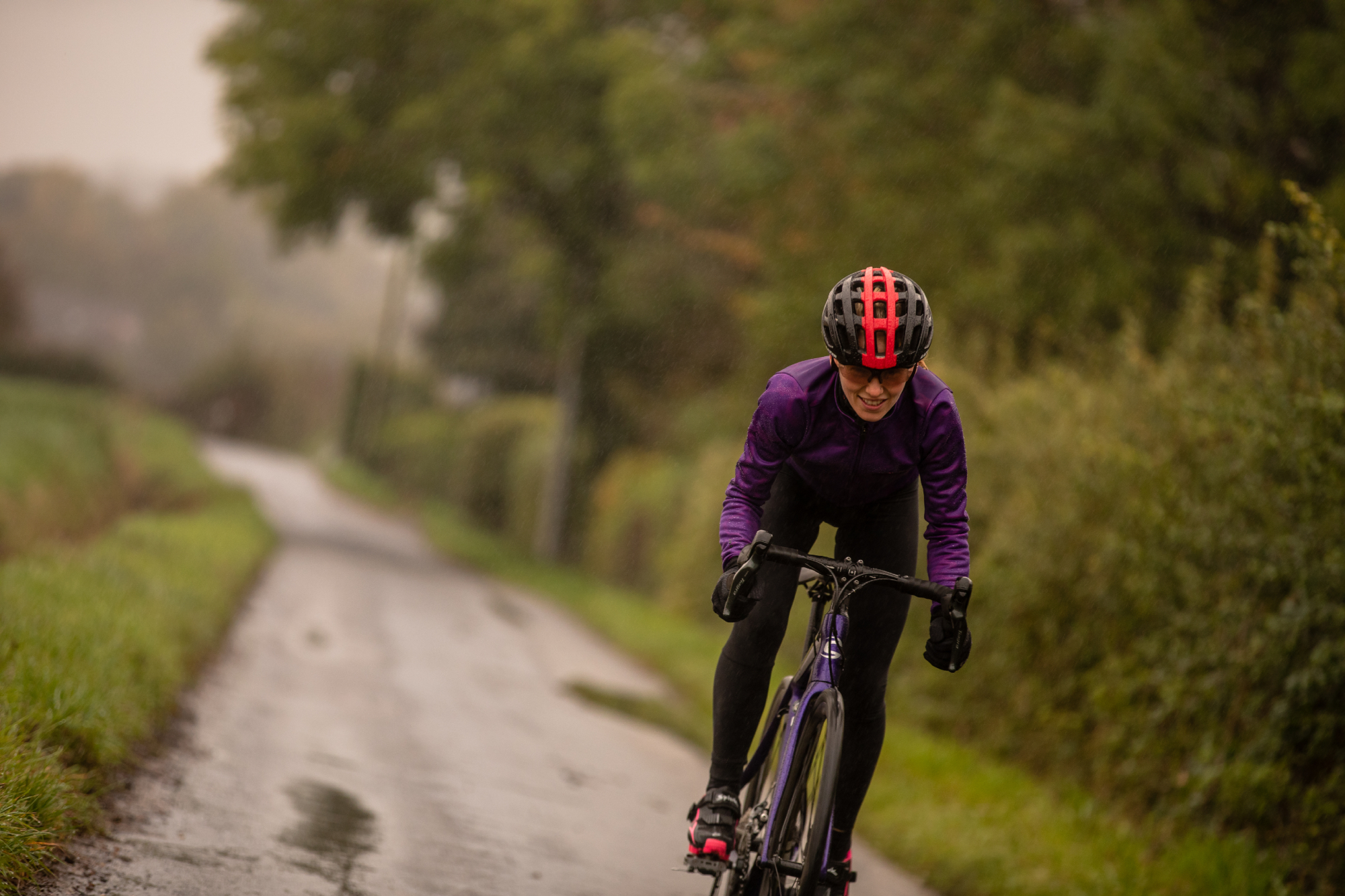
Women in particular usually have narrower shoulders than their male counterparts. The average shoulder width in our clinic is 35.7cm for women and 40.4cm for men. Most bike manufacturers supply stock bikes with handlebars above this average meaning many people, both men and women, unless they swap them out, are riding with handlebars that are too wide for them. This can lead to pain particularly in the upper limbs (wrist, elbows, shoulders) and neck. Wider handlebars will also increase reach, so along with handlebars which are not short reach (70mm), can compound over-reaching issues found when the bike frame is also too big.
Many brands do not even make handlebars that are 36cm wide centre to centre, with many starting their sizing at 38cm. Since a significant proportion of the population fall into this range, these sizes tend to sell out quickly. Furthermore, with an increasing trend amongst road racers to fit narrow handlebars for aerodynamics, they are even more in demand.
4. Inability to reach the brake levers, especially in the drops
Small people will often have small hands, with a lot of people having difficulty pulling the brake levers in the drops, as they are just too far away. This will lead not only to sore hands and awkward wrist positions, but decreased confidence with descending and braking.
On most shifters these days, you can alter the reach adjustment and wind in the brake levers so that they sit closer in. Although the method differs between manufacturers and level of component, a quick scan of youTube will find you the answer. The shape of the handlebars and placement of the hoods on the handlebars will also have an influence on where the brake levers sit.
5. Excessive Q-Factor and stance width
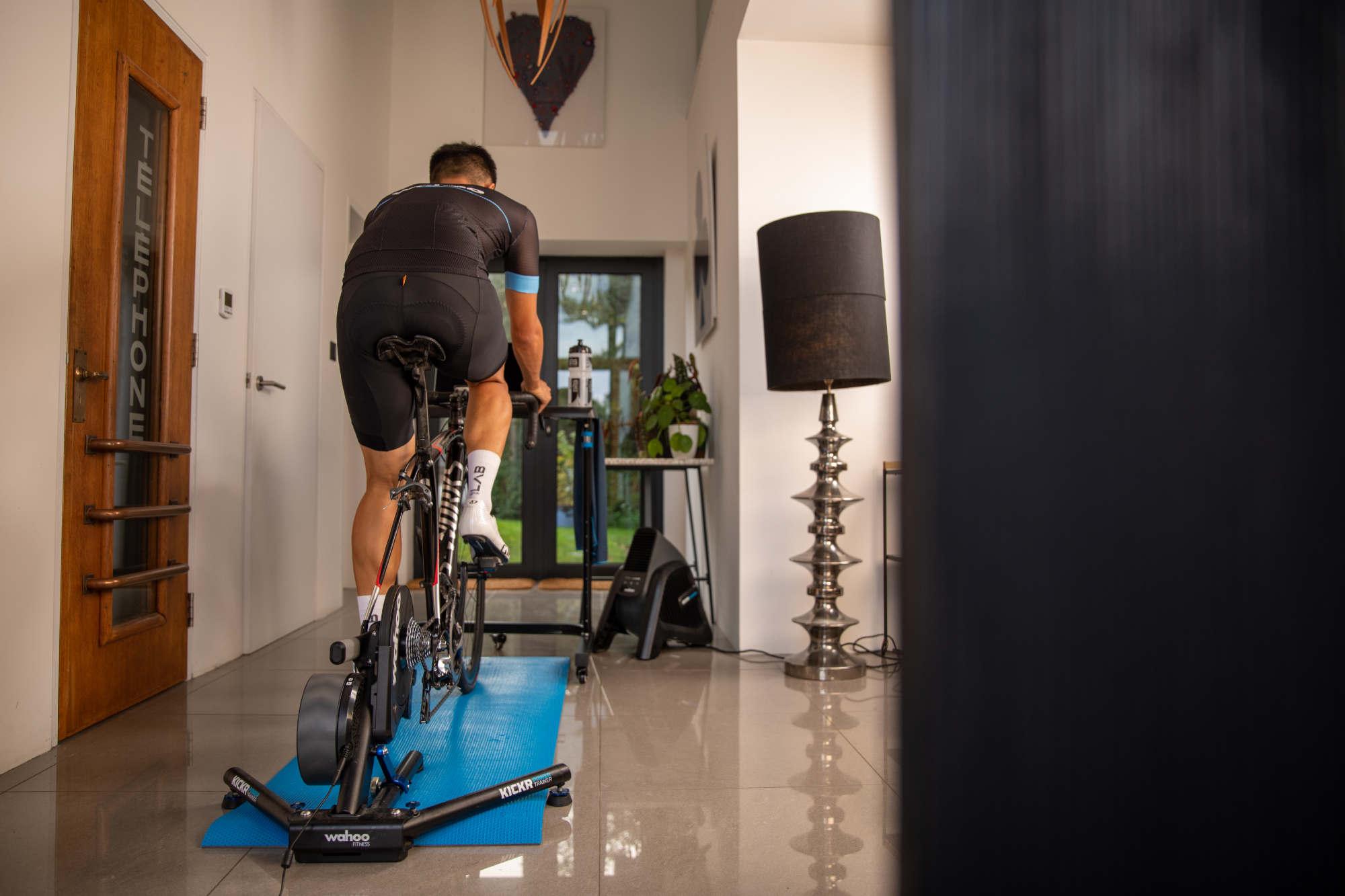
Q-Factor is dependent on the bike and its components and is not easily changeable, namely the bottom bracket width and crank brand and model, therefore the only way to manipulate stance width is through the pedals and cleats.
There are numerous ways to widen your stance width, but the only way to narrow it is via the cleats, moving them to the outside of the shoe. Occasionally the stance width may not be able to be made narrow enough, usually in those of small stature. Knee pain is the most likely discomfort or injury to result from too wide a stance width.
The Favero Assioma pedals are one of the best power meters, but it’s worth being aware that there is a huge increase in pedal spindle width between the Look-compatible Favero Assioma power pedals, and the Shimano-compatible ones (54mm vs 65mm). Those who need a narrow stance width may simply not be able to use the Shimano option.
6. Excessive toe overlap
Small frames with standard 700c wheels will have significant toe overlap of the front wheel, which cannot be avoided. Care will need to be taken when sharp turning of the front wheel is required, for example when negotiating bike paths. I have seen cyclists who set their cleats excessively forward in an attempt to minimise toe overlap, which can result in a multitude of other bike fitting issues, and is not recommended.
Follow our guide on how to set cleat position on road bike cycling shoes to reduce your injury risk and boost your efficiency.
7. Riding 650c wheels
Some riders will opt for a bike with smaller 650c (or 650b) wheels, allowing the geometry of the road bike to be better proportioned to their smaller body size. This will also result in less toe overlap and more clearance with standover height. However, it does mean that wheel options are limited, with few companies producing wheels of this size. Tires and inner tubes are also harder to come by. It is also unlikely that you will be able to borrow off your mates should you puncture on a ride, with almost everyone having 700c wheels!
8. Not enough real estate
Smaller bikes will have less space available to attach accessories to their bike. Some riders are only able to carry small bidons on their frame and often have to opt for side-loading bottle cages. Seat post availability is limited, whether that be for attaching number plates and stickers in a race, or practical items like bike lights and saddle bags. Bikepacking can be a nightmare, with little room for the best handlebar bags, saddle bags and frame bags.
Despite all these issues, the key is not to compromise, especially with the frame size. It may just require more persistence and planning to find the equipment and components that are right for you. Finally, a professional bike fit to set the bike up optimally and allow you to ride comfortably will be well worth the investment.

Thank you for reading 20 articles this month* Join now for unlimited access
Enjoy your first month for just £1 / $1 / €1
*Read 5 free articles per month without a subscription

Join now for unlimited access
Try first month for just £1 / $1 / €1
Nicole Oh is a physiotherapist and bike fitter, with training in biomechanical assessments, sports injury rehabilitation, acupuncture and clinical pilates.
A competitive cyclist with a background in triathlon, Nicole raced at National level in the UK, also managing and co-founding the Les Filles Racing Team. Having moved to Sydney, she works as a physiotherapist at The Body Mechanic and continues to race competitively.
-
 A bike rack with an app? Wahoo’s latest, and a hub silencer – Sea Otter Classic tech highlights, Part 2
A bike rack with an app? Wahoo’s latest, and a hub silencer – Sea Otter Classic tech highlights, Part 2A few standout pieces of gear from North America's biggest bike gathering
By Anne-Marije Rook
-
 Cycling's riders need more protection from mindless 'fans' at races to avoid another Mathieu van der Poel Paris-Roubaix bottle incident
Cycling's riders need more protection from mindless 'fans' at races to avoid another Mathieu van der Poel Paris-Roubaix bottle incidentCycling's authorities must do everything within their power to prevent spectators from assaulting riders
By Tom Thewlis
-
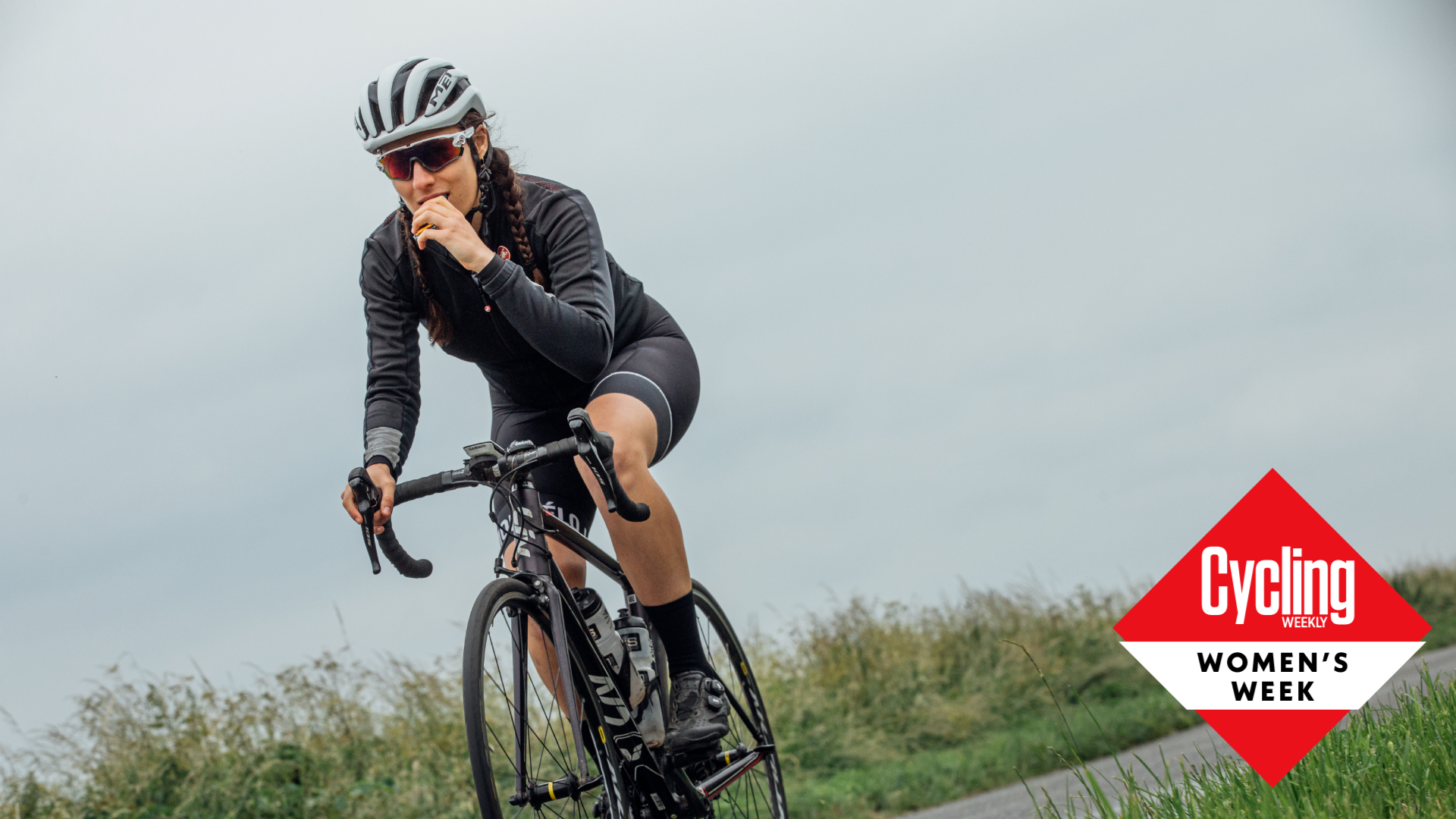 Female-specific nutrition strategies: how to adjust your fuelling at each stage of the menstrual cycle
Female-specific nutrition strategies: how to adjust your fuelling at each stage of the menstrual cycleYour carbohydrate and protein demands vary greatly throughout the month - here’s how to make sure you’re giving your body what it needs
By Andy Turner
-
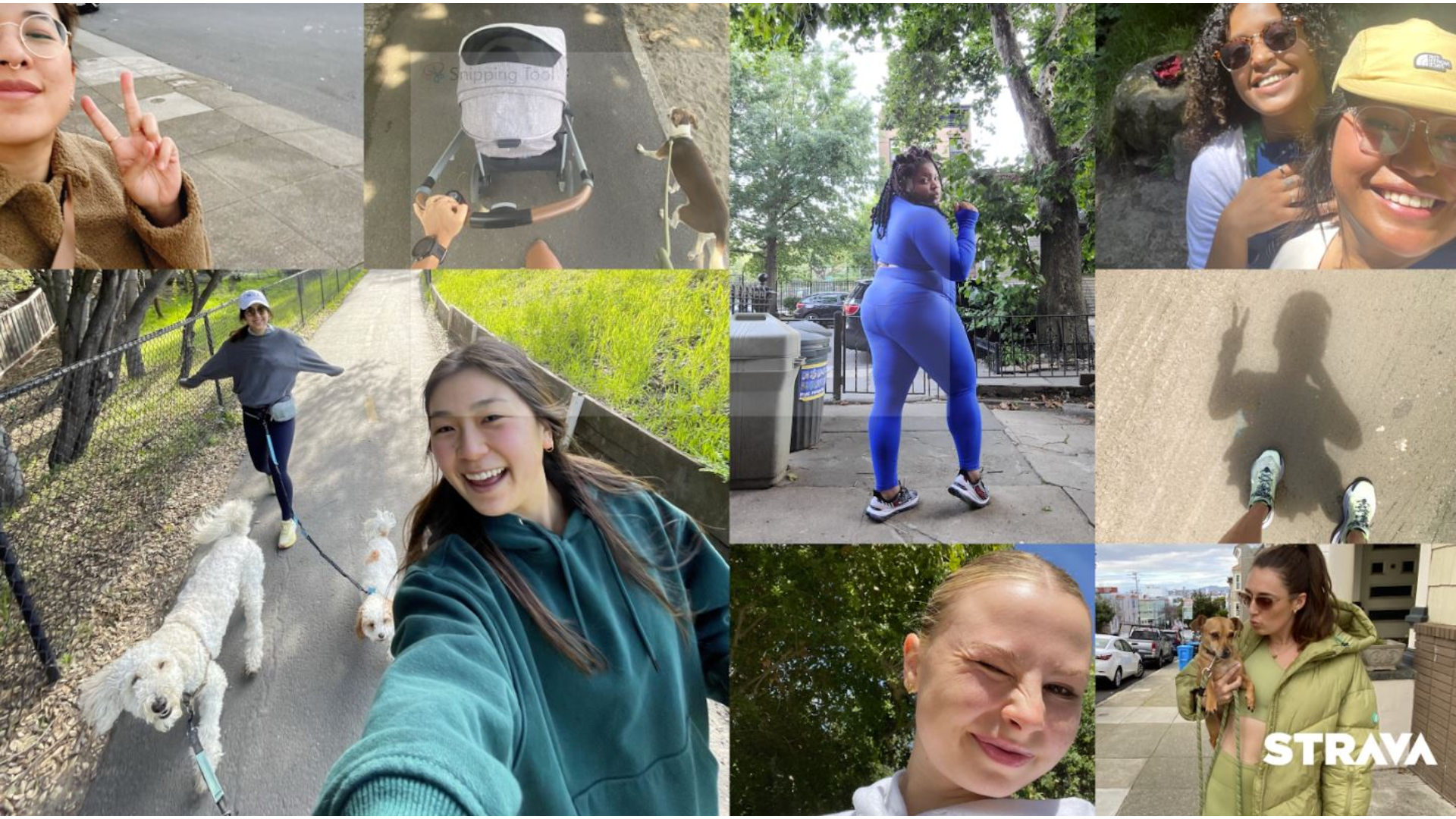 Strava data shows women restricted by daylight hours for exercise - but female Gen Z Brits prove more active than men
Strava data shows women restricted by daylight hours for exercise - but female Gen Z Brits prove more active than menGlobal data reveals women 8% less likely to exercise outside post-sunset
By Anna Marie Abram
-
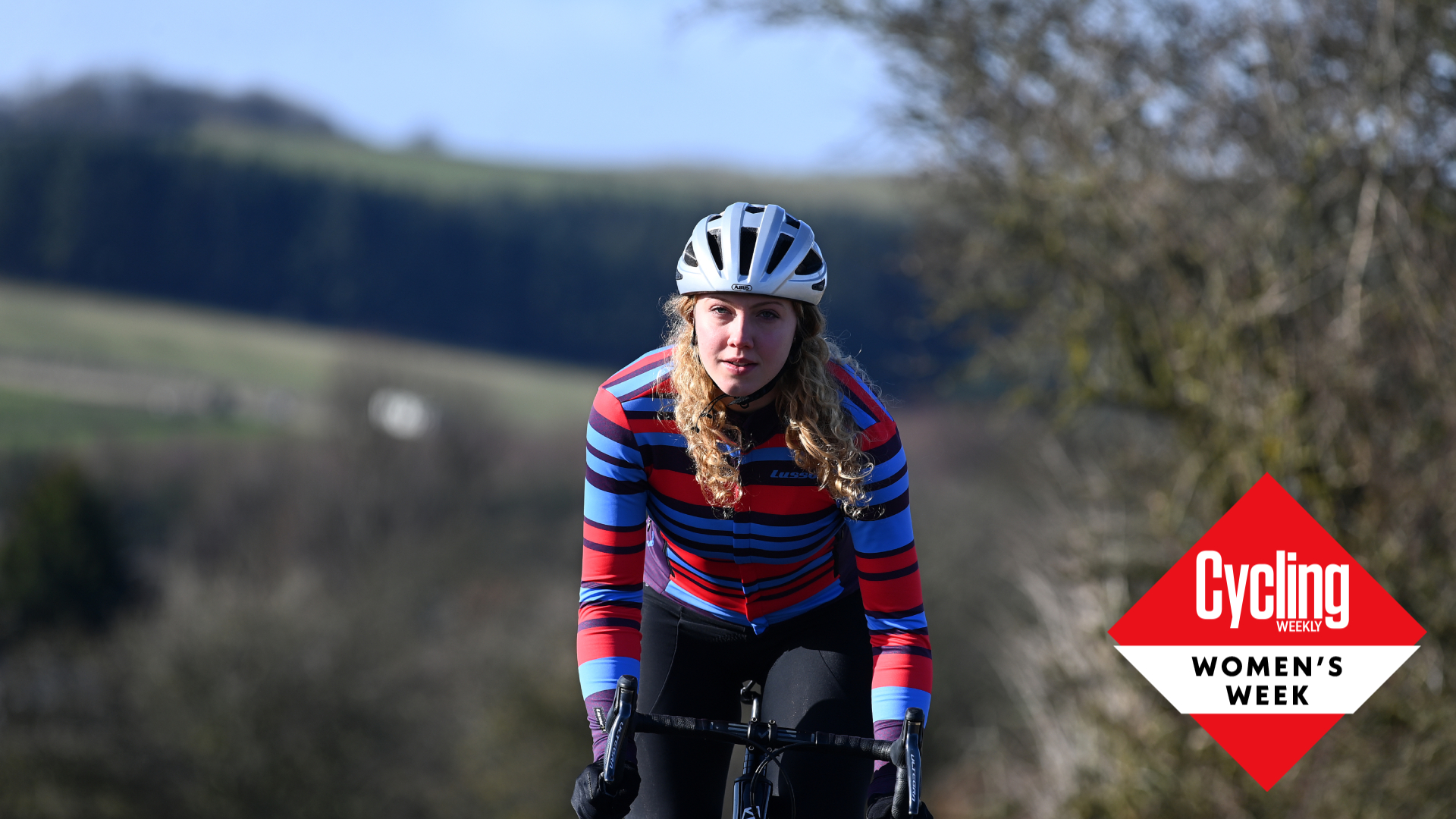 Seven ways ‘traditional’ cycle training approaches don't work for women - and what you can do instead
Seven ways ‘traditional’ cycle training approaches don't work for women - and what you can do insteadFemale physiology demands a different approach to training, nutrition, weight management and recovery – Dr Stacy Sims explains
By Deena Blacking
-
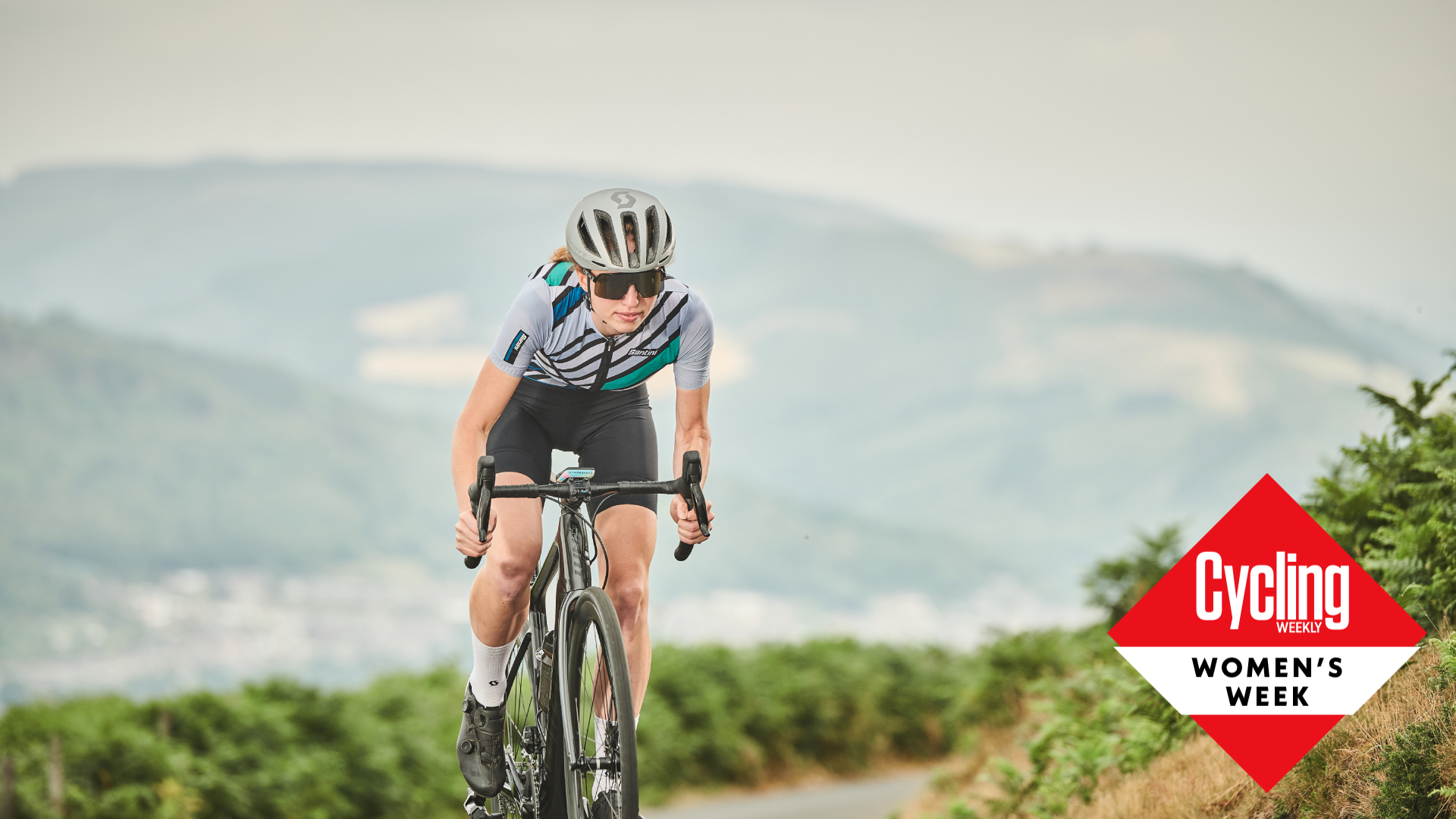 It's 'Women's Week' on Cycling Weekly: your guide to the training, tech and inspirational tales of (and by!) cycling's key women
It's 'Women's Week' on Cycling Weekly: your guide to the training, tech and inspirational tales of (and by!) cycling's key womenWe've got detailed articles on training with the menstrual cycle, a look back at the woman who entered the 1924 edition of the Giro d'Italia, and a dive into 'women-specific geometery' and its relevancy today - plus much, much more!
By Anna Marie Abram
-
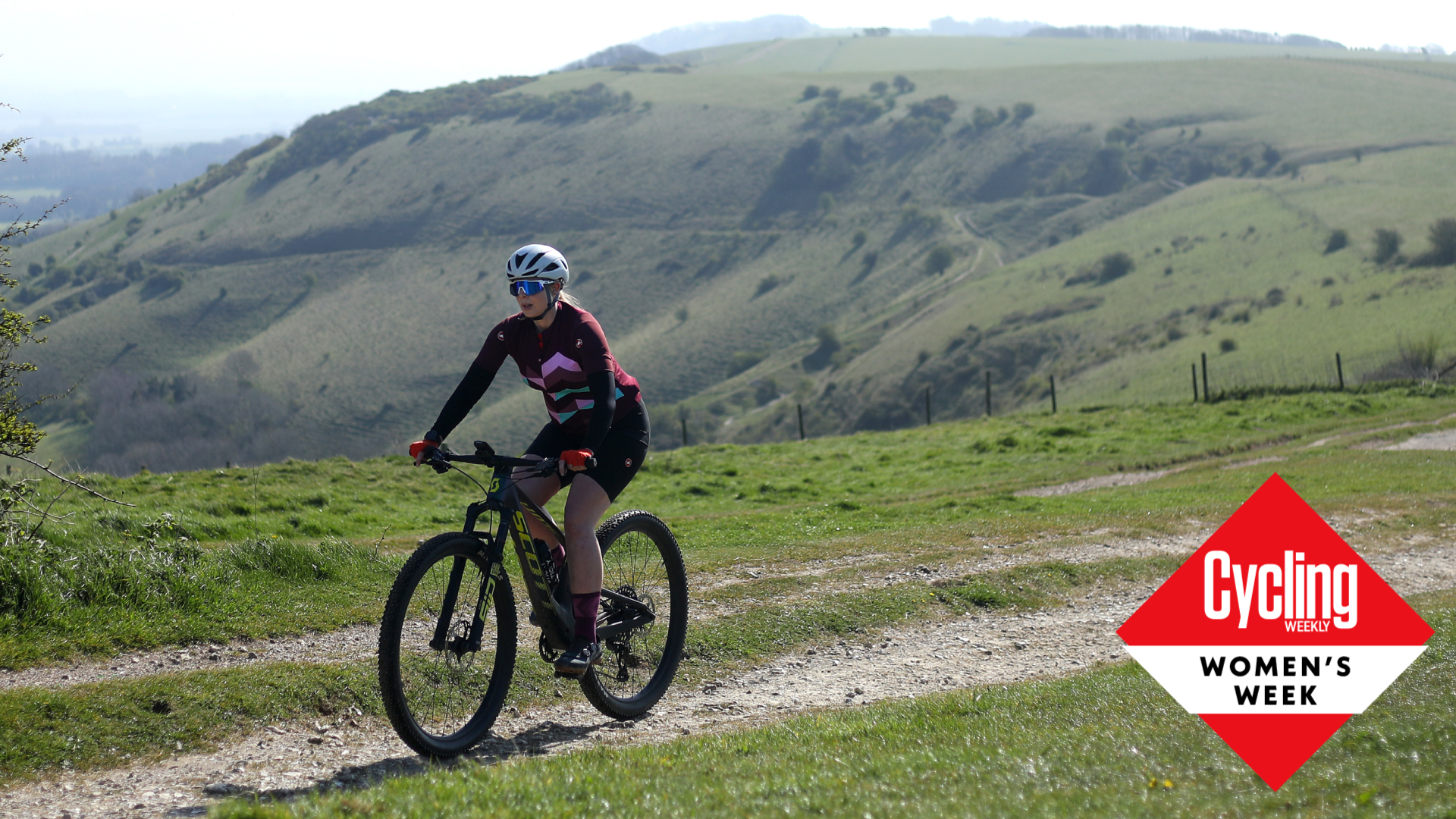 Cycling and pregnancy: expert advice on staying active whilst growing a little person
Cycling and pregnancy: expert advice on staying active whilst growing a little personCycling Weekly's digital editor was never going to spend 40 weeks off the bike...
By Michelle Arthurs-Brennan
-
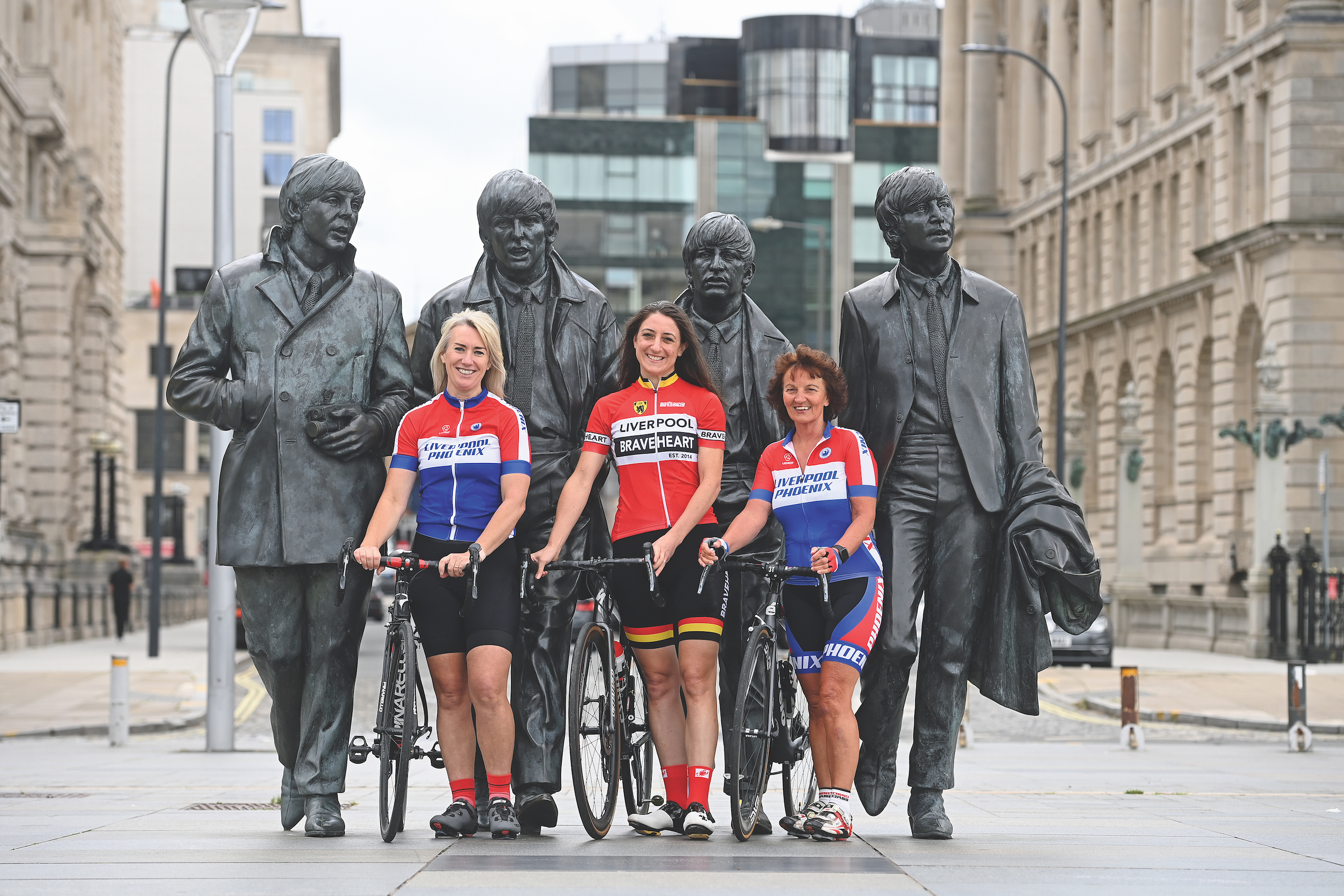 Three's peak: How a trio of veteran women TT racers set a blistering new Three Peaks record
Three's peak: How a trio of veteran women TT racers set a blistering new Three Peaks recordThree women, three peaks, one target: to hike up and down each mountain, cycling from one to the next, in record time. CW finds out how they got on
By David Bradford
-
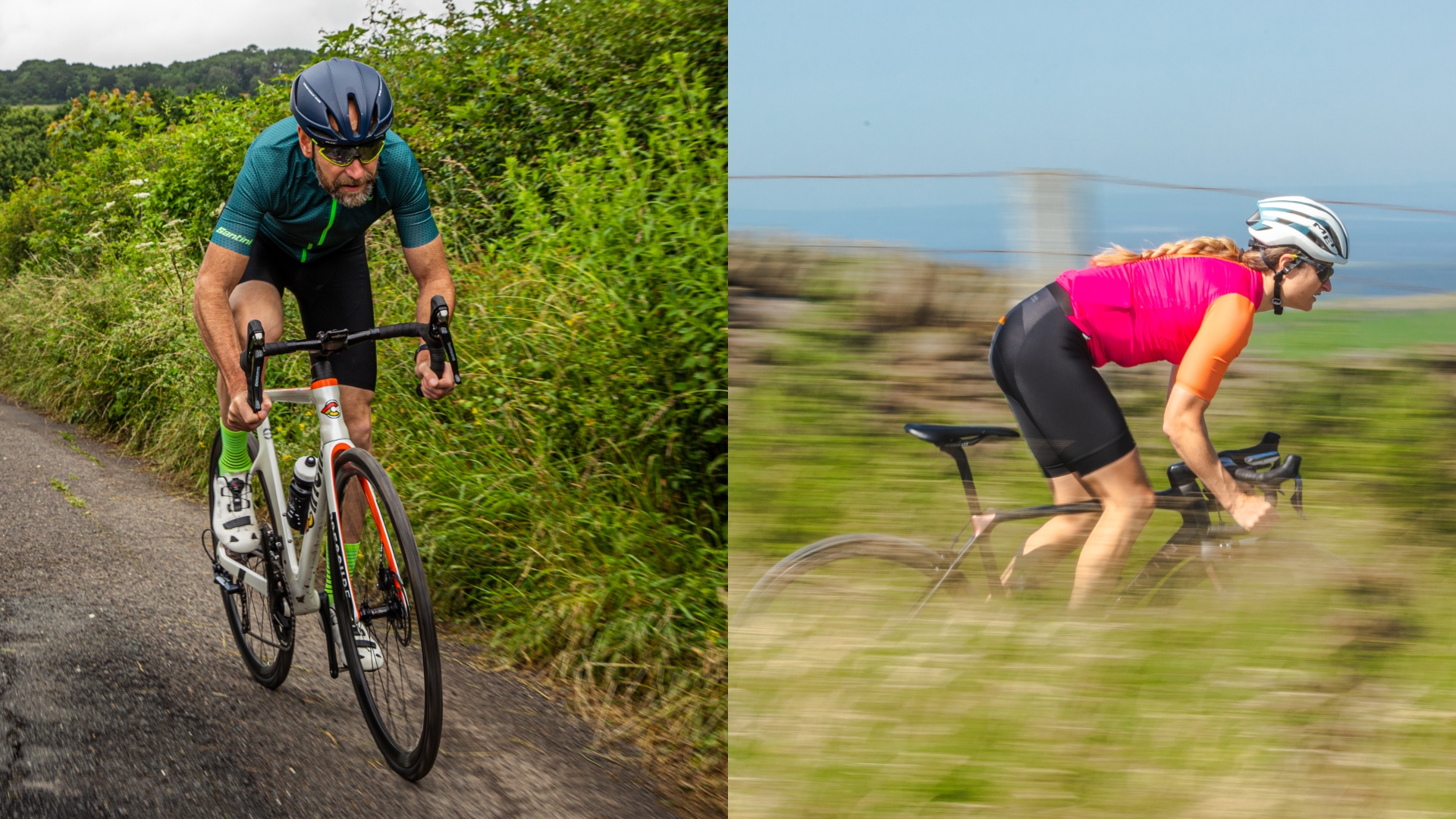 Ideal time of day to exercise differs between active men and women
Ideal time of day to exercise differs between active men and womenDig deep and make it count - new research shows that the optimal time of day to burn fat is not the same across the genders
By Anna Marie Abram
-
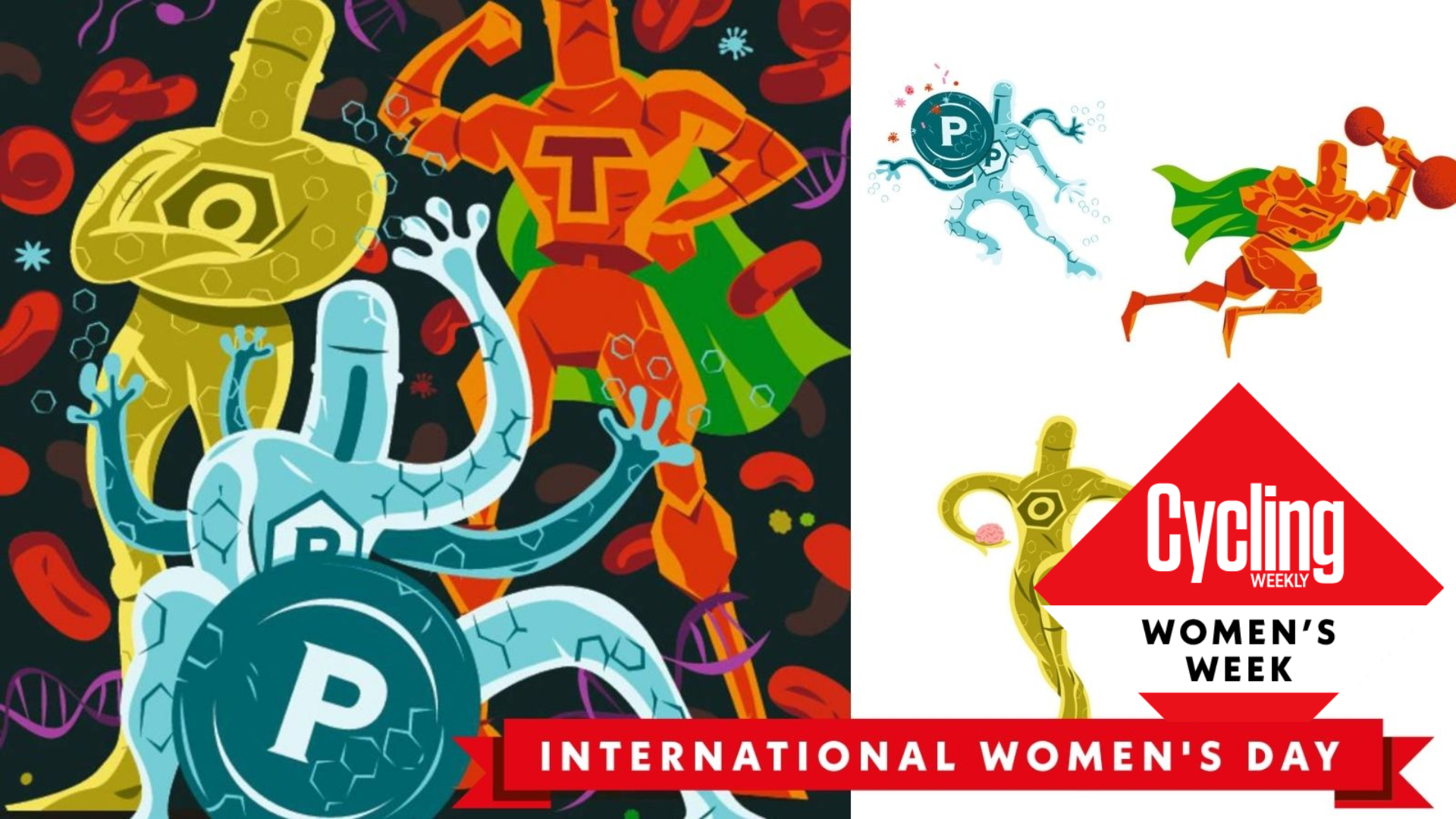 How hormones affect cycling performance - and what you can do to harness them
How hormones affect cycling performance - and what you can do to harness themNo, testosterone won’t give you superpowers any more than being on your period writes off your race prospects. Michelle Arthurs-Brennan debunks the myths around sex hormones
By Michelle Arthurs-Brennan